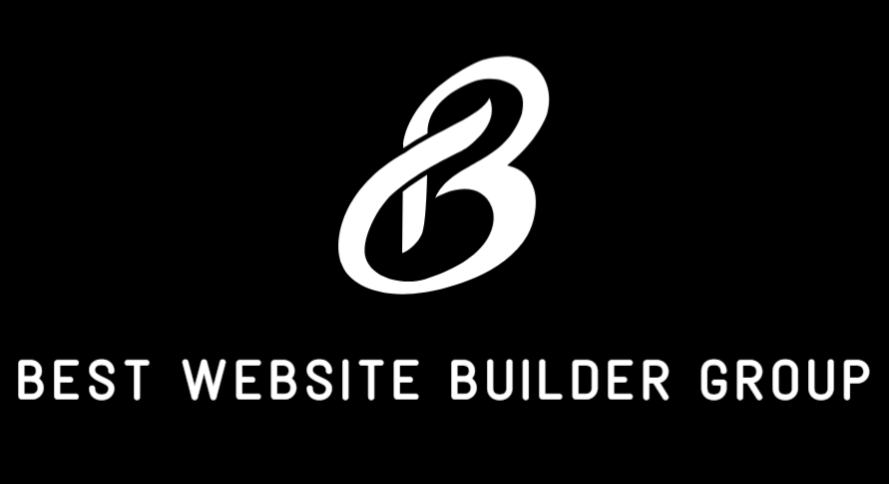When striving to improve your website’s SEO, two often overlooked but vitally important components are website crawlability and internal linking. These foundational aspects affect how search engines discover and understand your content — and how effectively your site appears in search results.
While keywords and content optimization get most of the attention, even the best-written page won’t rank if it can’t be discovered by Google. That’s where website crawlability comes in. And once your pages are crawled and indexed, internal linking serves as the roadmap to guide users and search bots through your site, distributing authority and enhancing relevance.
Understanding and improving these two pillars is essential for any business that wants to grow its organic visibility.
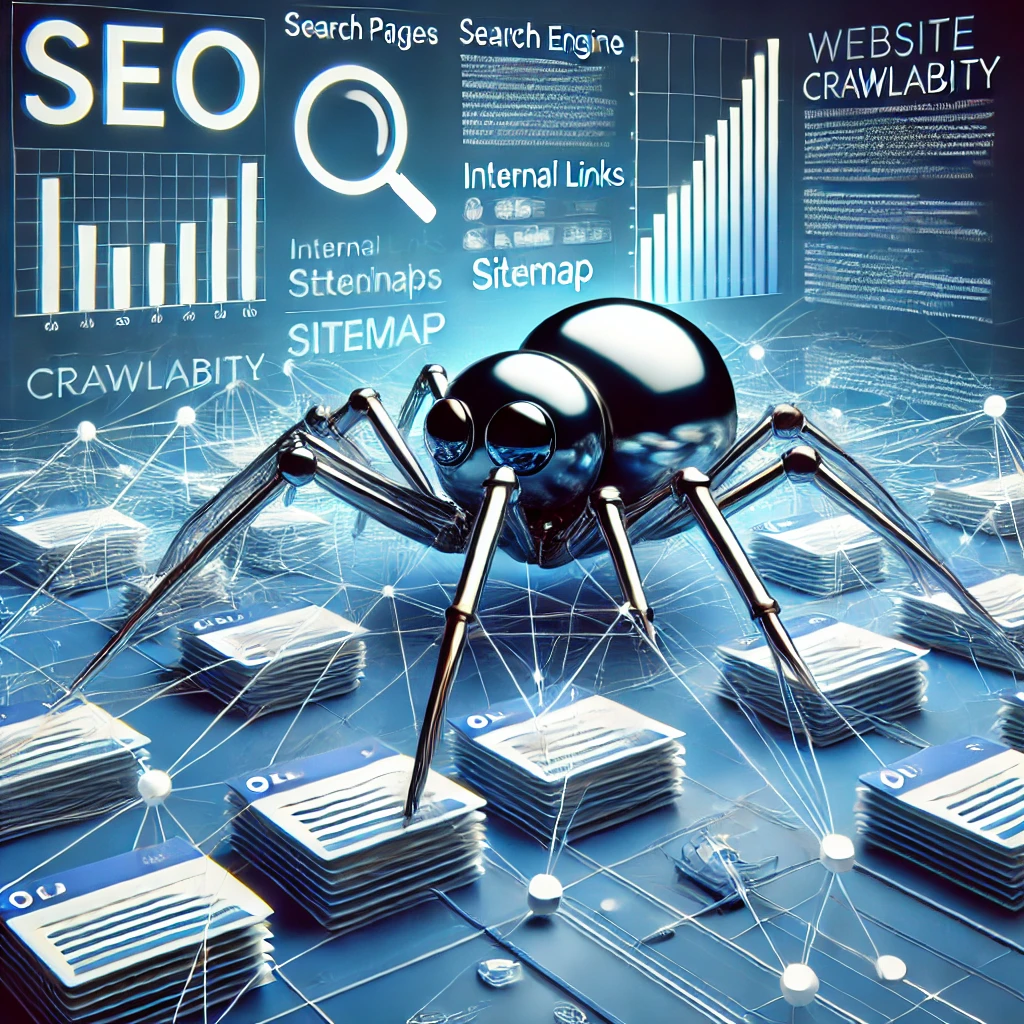
What is Website Crawlability?
In its simplest terms, website crawlability refers to how easily search engine bots (also called crawlers or spiders) can access and scan the pages of your website. Bots like Googlebot follow links on your site, reading the content and storing it in the search engine’s index so it can later be served to users in response to a query.
If your website has crawlability issues, search engines may not index some (or all) of your content — meaning your site won’t rank no matter how good your content is. Crawlability is the gateway to discoverability.
Several factors can hinder crawlability:
- Broken internal links
- Non-optimized robots.txt files
- Poor URL structures
- JavaScript-heavy navigation that blocks bots
- Orphaned pages (pages with no internal links pointing to them)
At Best Website Builder Group, we regularly help clients resolve these issues and ensure their content architecture is both accessible to users and visible to Google.

Why Crawlability Matters for SEO
Google’s crawlers have a limited “crawl budget” for each website. This is the number of pages the crawler is willing to explore and index within a certain timeframe. Large e-commerce or blog-heavy websites can quickly exceed this budget if they’re not optimized — meaning some pages may never be indexed.
Optimizing website crawlability ensures that:
- Your important pages are easily found
- Search engines can understand your site structure
- Updates to content are re-crawled efficiently
- Crawl budget is prioritized toward revenue-generating or lead-converting pages
You can monitor how Google crawls your site using tools like Google Search Console, which shows which pages are indexed and flags any crawl errors.
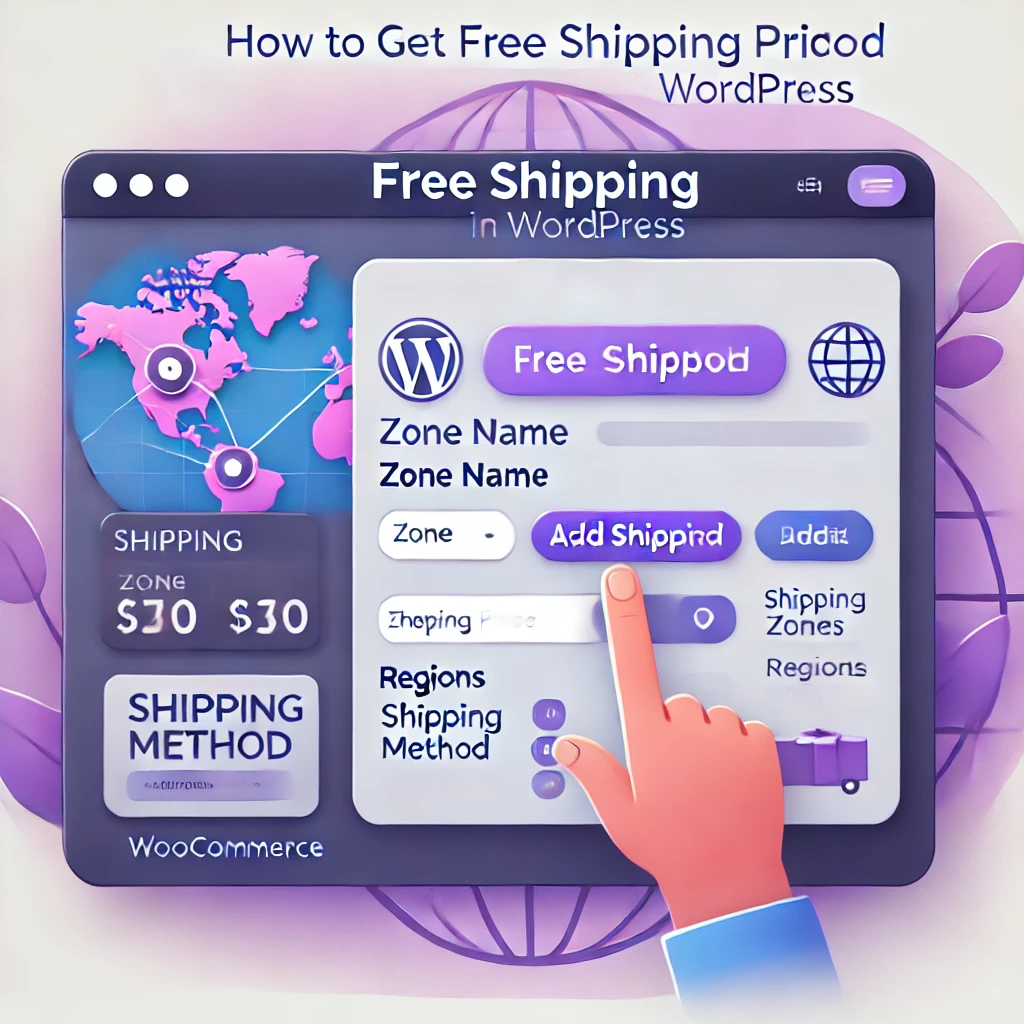
Elements That Affect Website Crawlability
1. Robots.txt and Meta Tags
Your robots.txt file tells search engines which parts of your website they can or cannot crawl. Misconfigurations in this file can unintentionally block entire sections of your website from being indexed.
Similarly, <meta name="robots" content="noindex"> tags can instruct bots to skip pages. These should only be used when you intentionally want to hide a page from search results.
Be sure to review your settings carefully. If you’re unsure, the Best Website Builder Group team can help diagnose these issues during a site audit.
2. XML Sitemaps
A sitemap is essentially a directory of all the pages you want search engines to find. Submitting a sitemap through Google Search Console improves crawlability by guiding the crawler to your most valuable content.
Websites with well-structured XML sitemaps tend to have better indexing rates and improved organic visibility.
3. Site Architecture and Navigation
Flat and well-organized site structures are easier for bots to crawl. Ideally, every important page should be reachable within three clicks from the homepage. Pages that are buried too deep or only accessible through search queries or dropdowns may not be crawled consistently.
Avoid excessive parameters in URLs, broken navigation, or inaccessible menus. Websites like Best Website Builder Group demonstrate clean, crawlable architecture by linking all primary pages through a simple, top-level menu and footer structure.

What Is Internal Linking and Why Is It Important?
While crawlability ensures that your content can be discovered, internal linking helps prioritize and contextualize that content.
Internal linking is the practice of linking from one page on your site to another. It plays a key role in:
- Distributing PageRank (link equity) throughout your site
- Helping search engines understand topical relationships
- Guiding users to related or next-step content
- Reducing bounce rates and increasing time-on-site
Search engines follow internal links just like users do. If a page has many internal links pointing to it, Google considers it more important. Likewise, if a page has no links pointing to it, Google may consider it unimportant or inaccessible.
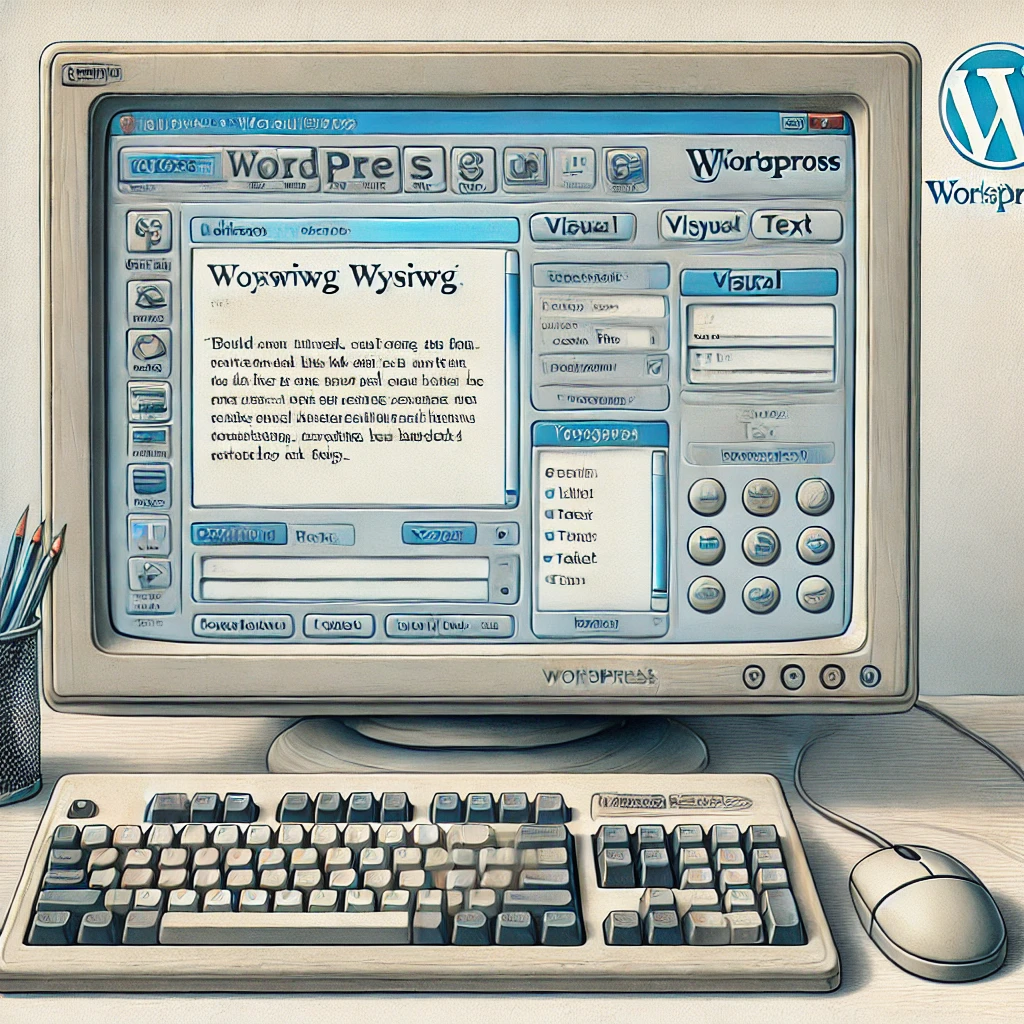
Best Practices for Internal Linking
Anchor Text Relevance
The clickable text in a hyperlink (anchor text) should describe what the linked page is about. Generic phrases like “click here” are less helpful than descriptive phrases like “learn more about our SEO services.” This reinforces keyword relevance for the destination page.
Link Hierarchically
Make sure your most important pages (like services, product categories, or high-value blogs) are linked from multiple places on your website — homepage, top navigation, footer, and within other content. This gives them more link equity and signals their importance to Google.
Avoid Orphan Pages
Every important page should be linked to from at least one other indexed page. Orphan pages (pages with no incoming internal links) are often overlooked by crawlers. Regularly review your site using tools like Screaming Frog or Ahrefs’ Site Audit to detect these.
Use Contextual Links in Content
Embedding links within the body text of blog posts or service pages is one of the best ways to guide both bots and readers through your content. For example, on a post about “what is SEO,” linking to another article on “technical SEO best practices” strengthens the topical connection and encourages deeper engagement.
At Best Website Builder Group, internal links are intentionally placed to guide users through content about Shopify development, WordPress implementation, and SEO optimization — improving both user experience and organic reach.
How Website Crawlability and Internal Linking Work Together
While website crawlability ensures that Google can reach your content, internal linking helps Google understand the relationships between your pages. These two functions are symbiotic — strong crawlability without proper internal linking is inefficient, and robust internal linking without crawlable architecture goes unnoticed.
By improving both in tandem, your site becomes:
- Easier to index
- More keyword-relevant
- Structurally optimized for navigation
- Richer in user experience
This creates a win-win scenario where both bots and visitors benefit — leading to higher rankings, better traffic flow, and improved conversion potential.
Common Mistakes to Avoid
- Blocking important pages in robots.txt
- Failing to use a sitemap
- Overusing JavaScript for menus
- Neglecting anchor text relevance
- Not linking to new or updated content
- Using too many internal links on one page (dilution)
Regularly auditing your site can help you catch and correct these issues. An SEO partner like Best Website Builder Group can also implement automated internal linking strategies at scale.
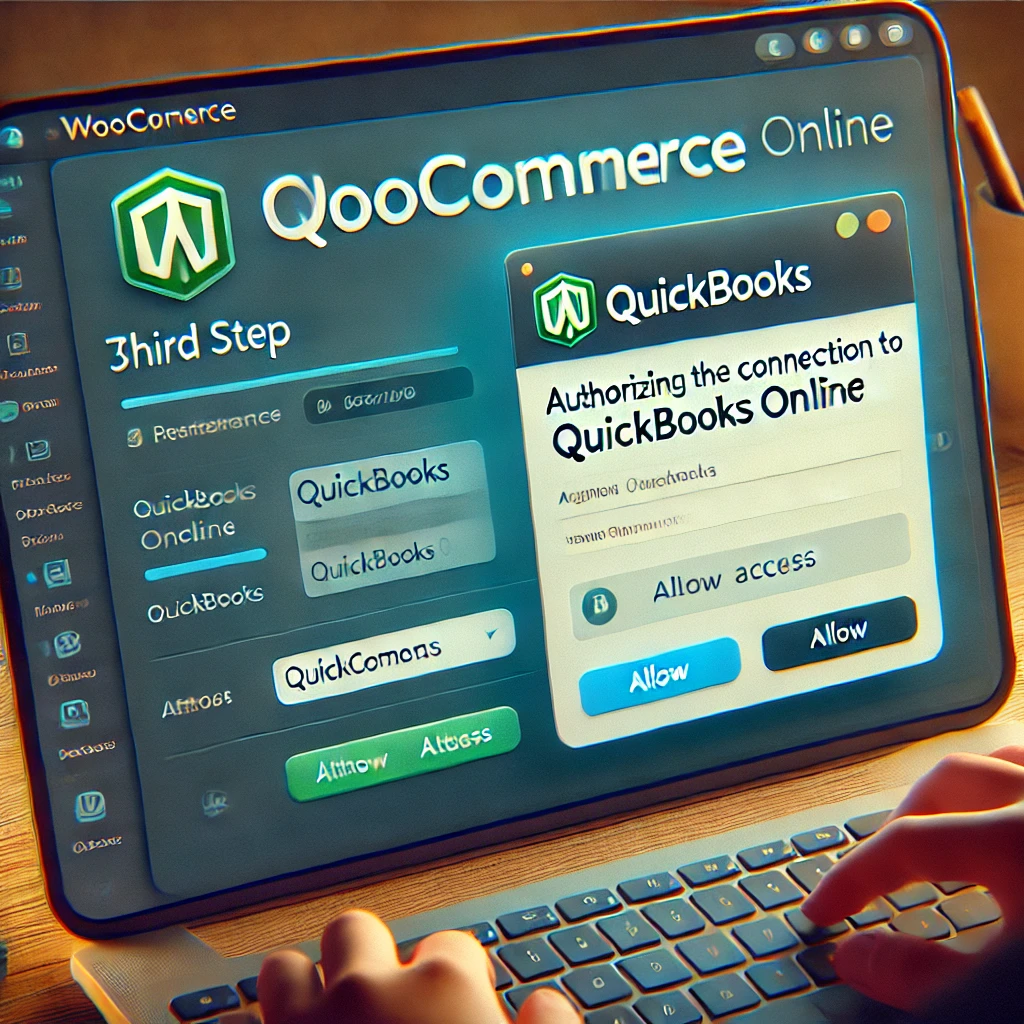
How to Audit Crawlability and Internal Links
Use tools such as:
- Google Search Console – To find crawl errors and indexing issues
- Ahrefs / SEMrush / Screaming Frog – For site structure analysis, orphan page detection, and link auditing
- Sitebulb – For visual maps of your crawl depth and internal link flow
These insights allow you to fix crawl bottlenecks and ensure every page receives the attention it deserves.
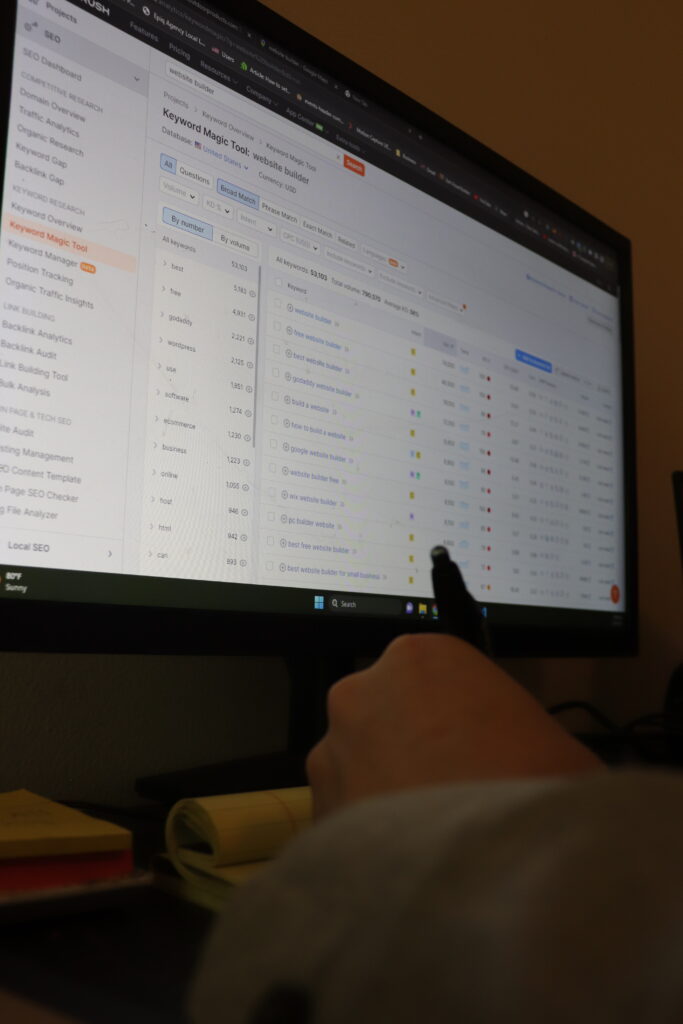
Conclusion
If you want your site to rank in Google, your content needs to be found and understood. That’s why improving website crawlability and optimizing your internal linking strategy are essential SEO steps. They form the technical and strategic pathways that enable search engines to access, prioritize, and reward your content.
At Best Website Builder Group, we believe in building websites with strong technical foundations that support both users and search engines. Improving crawlability and refining internal links is one of the fastest ways to improve your visibility — and ultimately, your results.
